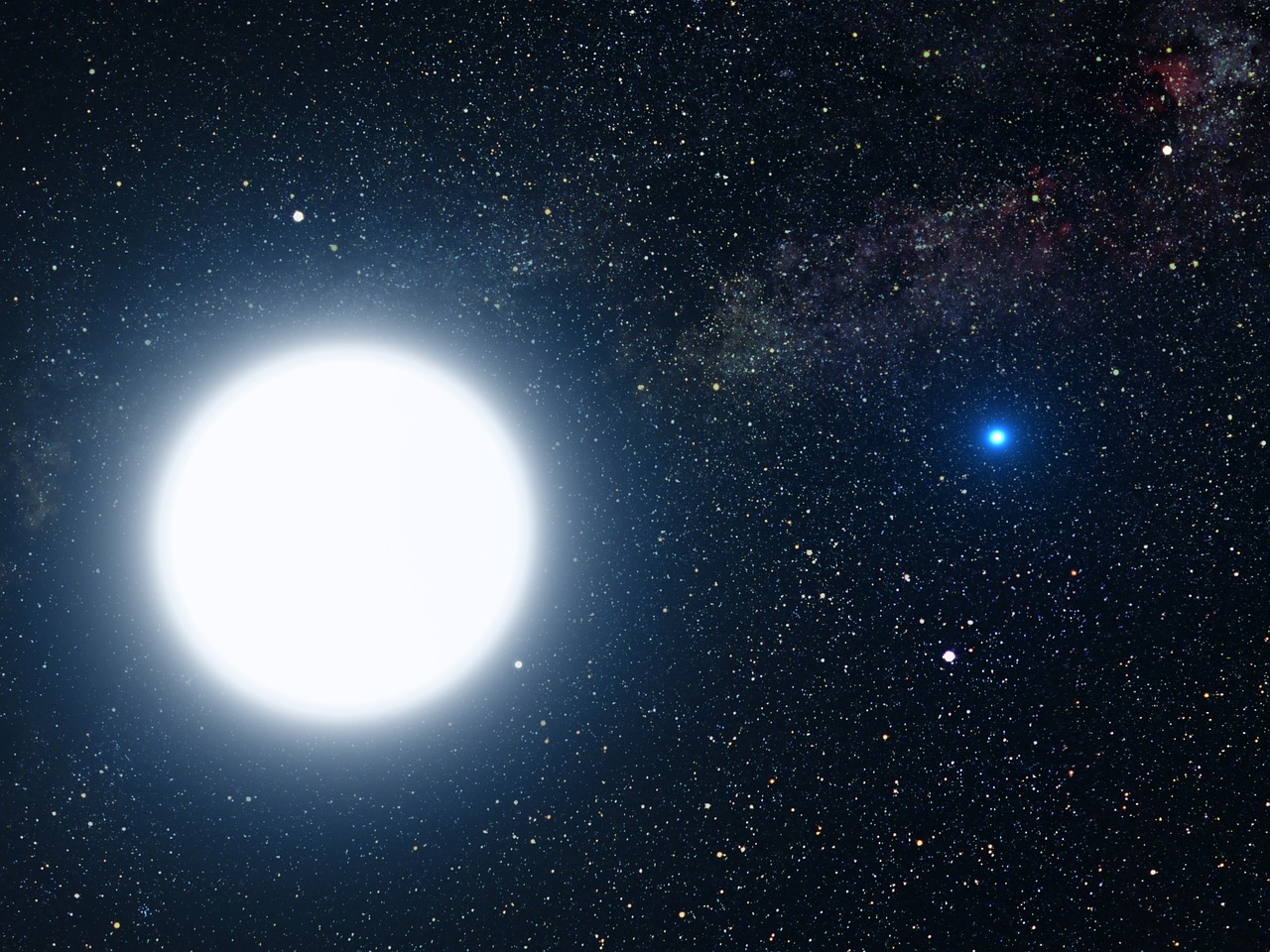Sirius, often called the Dog Star, has been a shining beacon in the night sky for thousands of years. Its dazzling brightness, cultural significance, and scientific importance make it one of the most fascinating stars known to humanity. From ancient myths to cutting-edge astronomy, Sirius bridges the gap between past and present — revealing stories of civilizations and the mysteries of the cosmos.
🌟 What Is Sirius?
Sirius is the brightest star visible from Earth at night, located in the constellation Canis Major (Latin for “Greater Dog”). With an apparent magnitude of –1.46, it outshines every other star except the Sun and is easily recognizable by its brilliant blue-white glow.
🐾 Sirius in Ancient Civilizations
Ancient Egypt
- Sirius was known as Sopdet (or Sothis).
- Its heliacal rising (first visible appearance before dawn) marked the annual flooding of the Nile River, which was crucial for agriculture.
- The flooding was associated with the goddess Isis, linking Sirius to fertility, rebirth, and prosperity.
- Egyptians aligned many temples and pyramids to Sirius, highlighting its cultural importance.
Ancient Greece and Rome
- Sirius was called Seirios, meaning “scorching” or “glowing.”
- Its rising coincided with the hottest days of summer, known as the “dog days.”
- The star was linked to the mythological Great Dog, companion to Orion the Hunter.
Other Cultures
- Polynesians navigated vast oceans using Sirius as a guide.
- The Dogon people of Mali have intriguing traditions possibly connected to Sirius B, though debated.
- Various Native American tribes incorporated Sirius into their star lore and storytelling.
🔭 Sirius in Modern Astronomy
Sirius is not just a single star but a binary star system, consisting of:
- Sirius A — a bright, massive main-sequence star.
- Sirius B — a dense, faint white dwarf companion discovered in the 19th century.
This binary nature has provided astronomers with valuable insights into stellar evolution, white dwarf physics, and gravitational theories.
🌠 Scientific Highlights
- Distance: Approximately 8.6 light-years from Earth, making it one of our closest neighbors.
- Brightness: Sirius’ proximity and intrinsic luminosity combine to make it the brightest star in our night sky.
- White dwarf discovery: Sirius B was the first white dwarf ever observed, confirming theories about stellar life cycles.
- Gravitational redshift: Observations of Sirius B helped verify predictions from Einstein’s theory of general relativity.
📜 Sirius in Culture and Myth
Sirius’ presence in human history extends beyond science:
- It marked time for ancient calendars.
- It symbolized power, protection, and guidance.
- It inspired countless myths, poems, and art pieces worldwide.
🌌 Observing Sirius Today
Sirius remains one of the most popular targets for stargazers:
- It’s easily visible in winter months in the Northern Hemisphere.
- Its striking blue-white light stands out against the dark sky.
- Advanced telescopes can observe Sirius B, revealing the white dwarf’s subtle glow.
📸 Image of Sirius

Image credit: NASA/ESA – Hubble Space Telescope’s view of Sirius A and Sirius B
✨ Final Thoughts
Sirius is much more than the brightest star in the night sky. It’s a celestial icon, woven into the fabric of human culture and scientific discovery. From ancient flood cycles in Egypt to the forefront of astrophysics, Sirius continues to captivate our imagination and guide our exploration of the universe.
Would you like me to prepare:
- A timeline infographic of Sirius through history?
- A mythology-focused article about Sirius in different cultures?
- A stargazing guide to help you spot Sirius tonight?

Leave a Reply